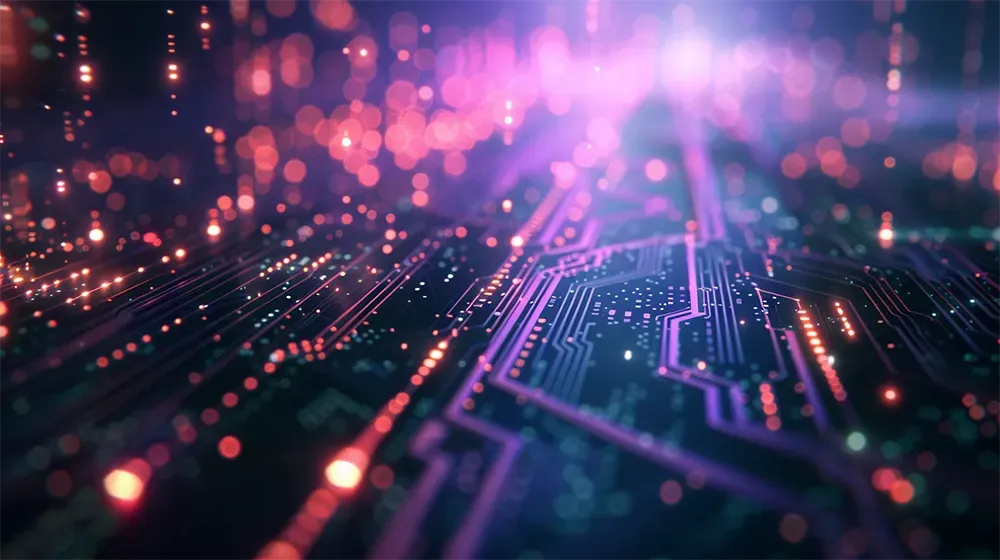Lighting Up AI: Optical Chips to the Rescue

In the quest to meet AI's skyrocketing energy demands, researchers are turning to light-based chips as a promising solution. Optical neural networks (ONNs), which use photons instead of electrons, offer significant advantages over traditional systems.
Photons can carry more information and operate with higher frequencies, allowing for faster, more efficient computations with less energy.
Recent breakthroughs suggest ONNs could revolutionize AI processing. For instance, researchers have developed optical systems capable of performing matrix multiplications—a critical task for AI—more efficiently than electronic chips. The potential to reduce energy costs and increase computational power makes this technology highly appealing.
However, challenges remain. Scaling up these systems to match the performance of electronic chips is a major hurdle. Despite this, the progress in optical computing could pave the way for AI models that are exponentially more efficient. Could this be the key to sustainable AI?
Read the full article on Wired.
----
💡 We're entering a world where intelligence is synthetic, reality is augmented, and the rules are being rewritten in front of our eyes.
Staying up-to-date in a fast-changing world is vital. That is why I have launched Futurwise; a personalized AI platform that transforms information chaos into strategic clarity. With one click, users can bookmark and summarize any article, report, or video in seconds, tailored to their tone, interests, and language. Visit Futurwise.com to get started for free!






